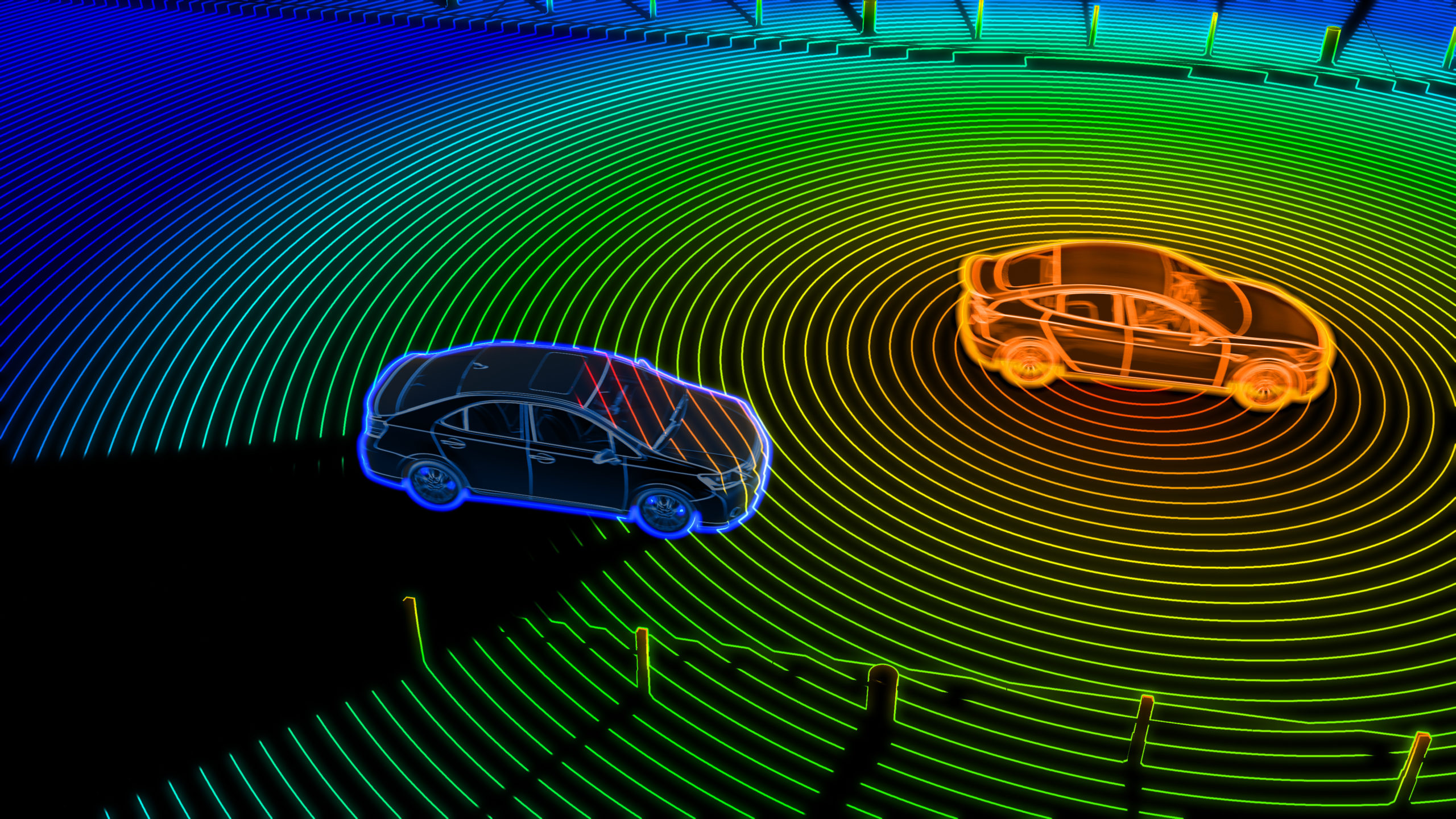About this LiDAR IP Whitepaper
This LiDAR IP whitepaper provides an overview of LiDAR systems, market requirements, technologies and solutions for developing LiDAR hardware. You will learn how to leverage Omni Design’s high-performance ADCs, DACs and sub-systems in advanced process nodes to build your LiDAR SoCs.
- Principles of LIDAR systems including technical requirements for different types of LiDARs
- Types of LiDARs and electronic components in a typical LiDAR
- SoC design requirements for next generation automotive LiDARs
- Omni Design’s solution for LiDAR SoCs including data converter IP in process nodes from 28nm to advanced FinFET nodes
What you will learn about?
Light Detection and Ranging (LiDAR) is a key technology to detect and map surrounding objects.
Along with radar, camera, and ultrasound, it forms the sensor platform for the ongoing development of autonomous vehicles. Radar is reliable and unaffected by weather conditions, but lacks the accuracy and resolution needed to correctly identify many objects.
Cameras present a visual representation of surroundings, but require significant computing power and lighting. Further weather conditions can severely impact vision. Ultrasonic sensors are mainly to detect objects at close range. Providing both excellent range and high resolution, LiDAR can be combined with data from other sensors to accurately represent a vehicle’s complete environment.
LiDAR technology is less sensitive to field lighting conditions than camera sensing because it actively illuminates targets at infrared wavelengths. It is also not as affected by weather conditions as camera-based sensing. It also provides the longest detection range and higher resolution compared to ultrasound, radar, and camera-based sensing.
As such, innovations in both hardware and software are expected to accelerate the adoption of LiDAR technology in the automotive industry.
This LiDAR IP whitepaper offers an overview of LiDAR systems, addresses market requirements, and presents innovative semiconductor intellectual property (IP) components for developing LiDAR products.

